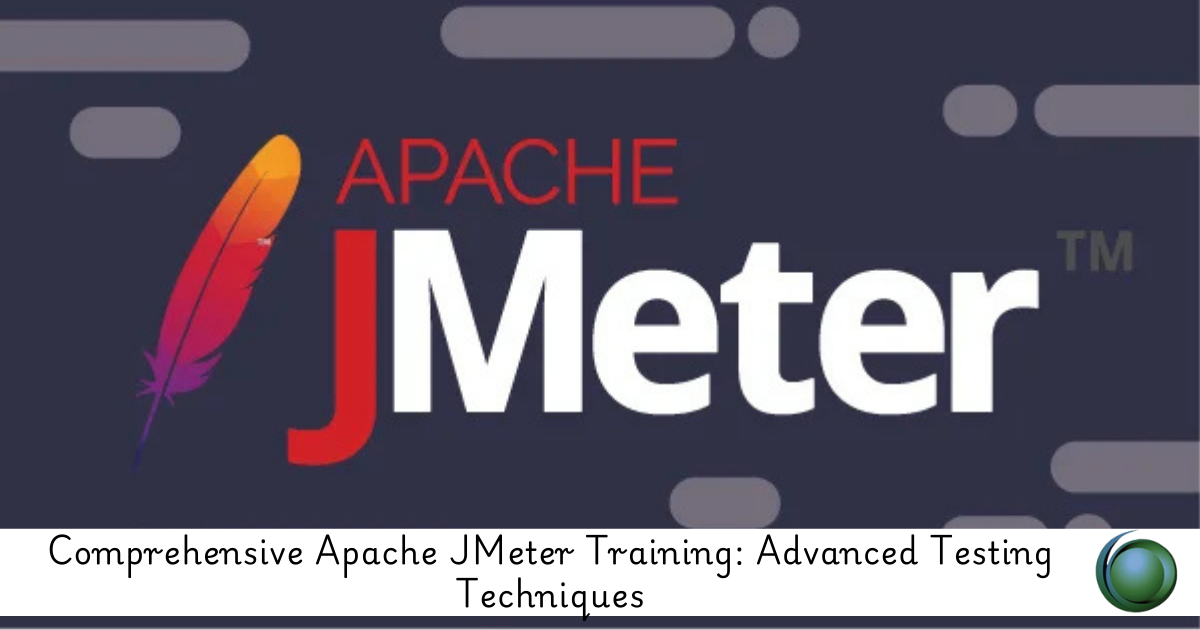Description
Introduction of Test Process Audits
The Test Process refers to the systematic approach taken to ensure the quality of software through various stages of testing. A well-structured test process is crucial in identifying issues early, ensuring comprehensive coverage, and improving overall product quality. This training introduces the key phases of the test process, covering everything from planning and test design to execution and defect reporting. Participants will learn the best practices and tools required to optimize the testing process, manage challenges, and drive continuous improvement in software quality.
Prerequisites of Test Process Audits
- Basic knowledge of software development and testing concepts.
- Familiarity with the software development lifecycle (SDLC).
- Understanding of test case design and execution techniques.
- Familiarity with common testing tools and methodologies (helpful but not mandatory).
TABLE OF CONTENT
1.Introduction
1.1 Purpose of the Test Process
1.2 Scope
1.3 Objectives
1.4 Definitions, Acronyms, and Abbreviations
2.Test Planning
2.1 Test Strategy
2.1.1 Overview
2.1.2 Inclusions
2.1.3 Exclusions
2.2 Test Plan
2.2.1 Test Deliverables
2.2.2 Test Schedule
2.2.3 Resource Requirements
3.Test Design
3.1 Test Cases
3.1.1 Test Case ID
3.1.2 Description
3.1.3 Test Steps
3.1.4 Expected Results
3.1.5 Test Data(Ref: Introduction to Black Box Testing Techniques)
3.1.6 Preconditions
3.1.7 Postconditions
3.2 Test Scenarios
3.2.1 Overview
3.2.2 Scope
3.2.3 Test Environment
3.3 Test Scripts
3.3.1 Automation Overview
3.3.2 Test Script Execution
4.Test Execution
4.1 Test Environment Setup
4.2 Test Case Execution
4.3 Test Incident Reporting
4.4 Test Status Reporting
4.5 Regression Testing
5.Defect Management
5.1 Defect Identification
5.2 Defect Logging
5.3 Defect Prioritization
5.4 Defect Resolution
5.5 Defect Closure
Conclusion:
The Test Process is integral to ensuring that software meets quality standards and performs as expected. By following a structured process, teams can enhance testing efficiency, identify defects early, and improve product quality. This training equips participants with the skills and knowledge to implement an effective test process, handle challenges, and continually refine testing practices for optimal results in any software development project.







Reviews
There are no reviews yet.